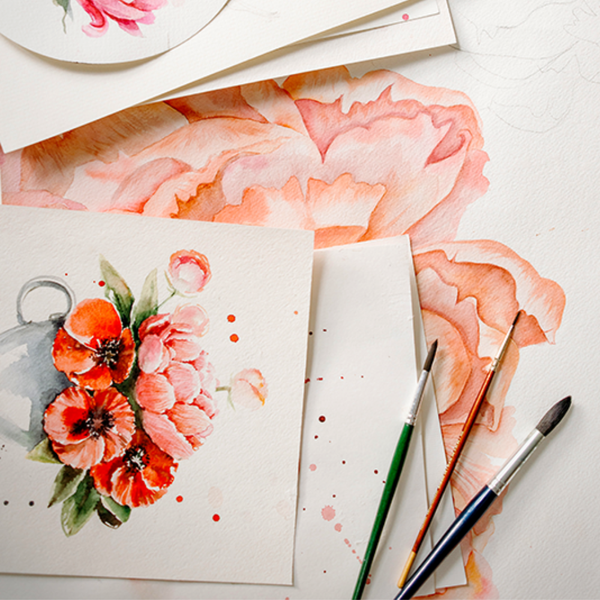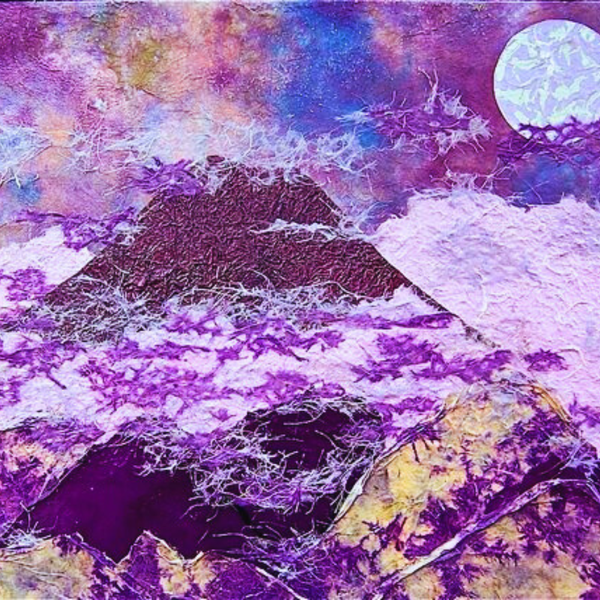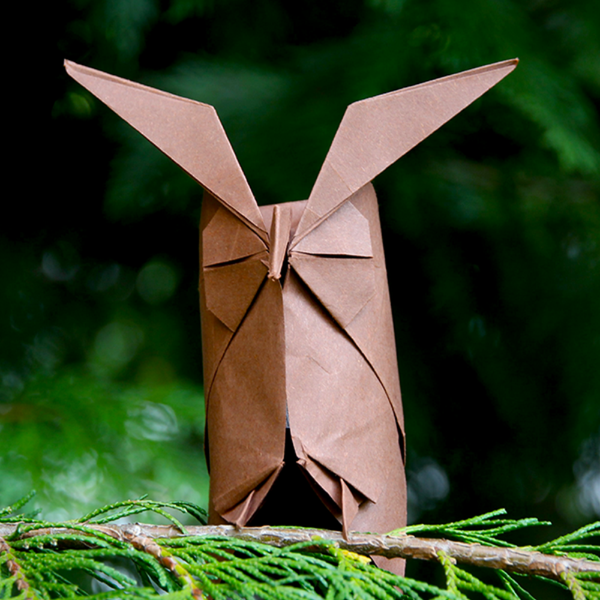Imagine a world where delicate sheets of paper transform into breathtaking three-dimensional masterpieces.
Can you sculpt with paper? Absolutely!
Paper sculpting is an art form that has been around for centuries, captivating the imagination of artists and audiences alike.
The art of paper sculpture is a testament to the versatility and boundless potential of this humble material.
With a rich history that spans centuries, paper sculpting has evolved into a sophisticated art form that continues to enchant both creators and admirers.
This versatile medium offers a plethora of possibilities for creating three-dimensional art.
In this comprehensive guide, we're peeling back the layers to reveal the secrets of paper sculpting, from the intricate techniques and diverse materials to the innovative approaches that artists employ to turn a simple piece of paper into a stunning work of art.
Join us as we delve into the folds of this captivating craft!
Key Takeaways:
- Versatility of Paper: Paper is a flexible medium that can be transformed into intricate sculptures using various techniques.
- Techniques and Materials: From paper mache to paper clay, there are numerous methods and materials available for creating stunning paper sculptures.
- Accessibility for All: Paper sculpting is an accessible art form that allows artists of all skill levels to create complex sculptures with minimal tools and materials.

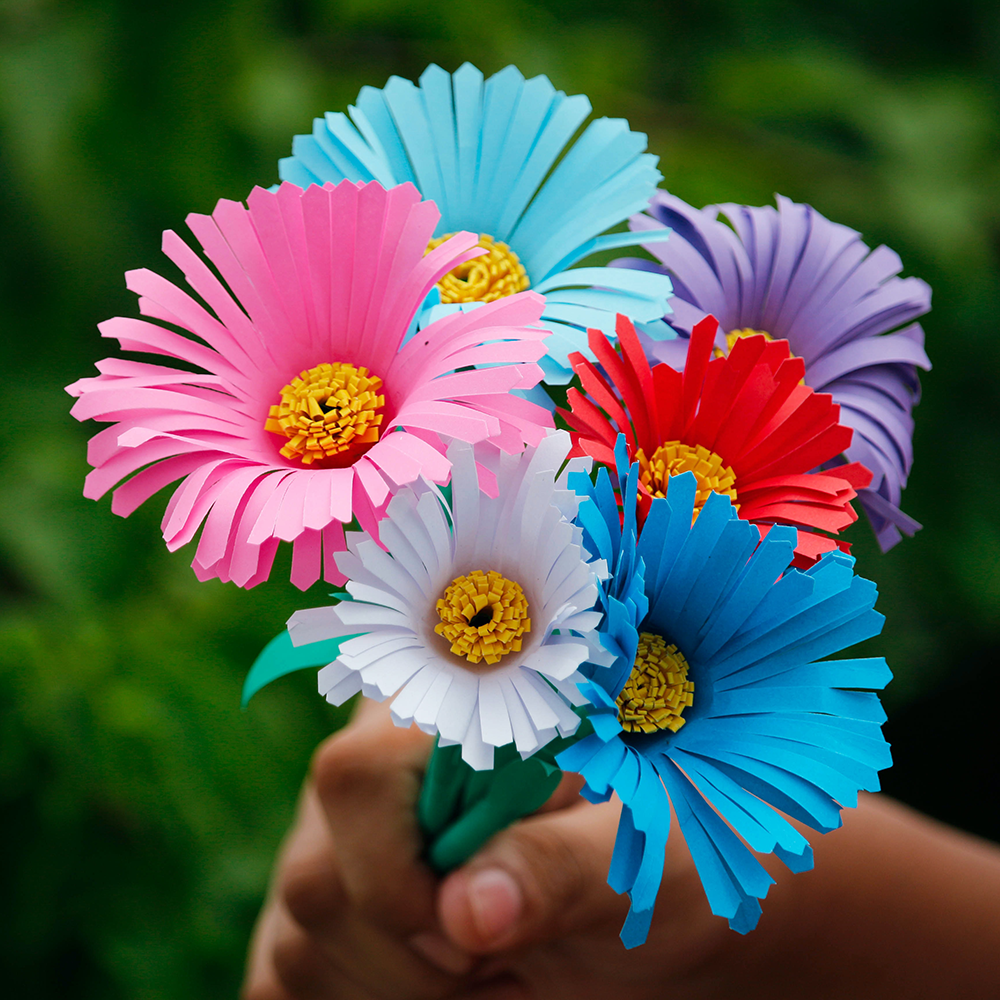

Basics of Paper Sculpting
Paper sculpting begins with understanding the basic materials.
At its core, the art form utilizes paper in various forms, such as newspaper, tissue paper, or cardboard.
These materials are often combined with adhesives like paste or glue to create a sturdy structure.
Artists may start with simple shapes and forms, gradually building up to more complex sculptures.
Paper Mache: A Time-Honored Technique
Paper mache is a popular method for creating paper sculptures.
It involves using paper strips soaked in a mixture of water and adhesive, typically a paste made from flour and water.
The strips are layered over a form, such as a balloon or chicken wire frame, and left to dry.
Once dry, the paper mache can be painted and decorated to bring the sculpture to life.
Crafting with Paper Mache Clay
For those seeking a more refined texture, paper mache clay is an excellent choice.
This material is made by combining paper pulp with a binder, resulting in a clay-like substance that can be molded and sculpted.
Paper mache clay allows for intricate details and smoother finishes, making it ideal for more detailed work.
Exploring Tissue Paper Techniques
Tissue paper offers a delicate option for paper sculpting.
Its thin, translucent quality allows for the creation of ethereal and lightweight sculptures.
Artists often use tissue paper to add intricate designs or to create a layered effect in their work.
The end result is a piece that has a unique texture and depth.
Utilizing Paper Strips for Sculpting
Paper strips can be twisted, woven, or rolled to create a variety of shapes and textures.
This method is often used to add intricate details to sculptures or to build up larger forms.
By manipulating the paper strips in different ways, artists can achieve a wide range of effects.
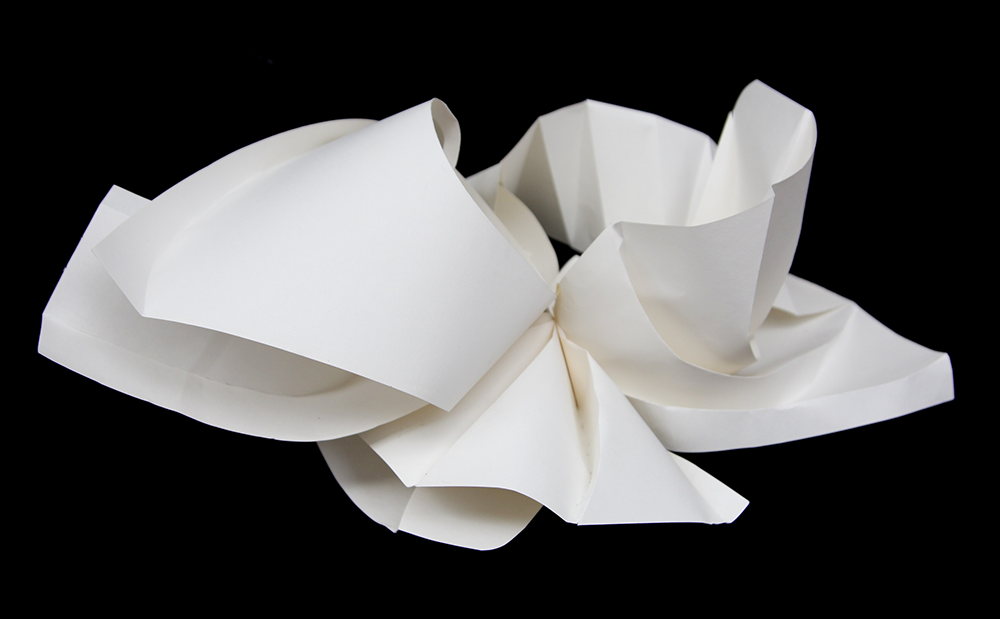


Role of Found Objects in Paper Sculpture
Incorporating found objects into paper sculptures can add an interesting dimension to the artwork.
Items such as glass, fabric, or metal can be covered with paper to create a cohesive piece.
This technique allows artists to experiment with different textures and materials, resulting in unique and unexpected sculptures.
Advanced Paper Mache Sculpture Techniques
Paper mache sculpture can transcend the realm of simple crafts and enter the sphere of fine art with the application of advanced techniques.
By employing different techniques such as layering gauze dipped in papier mâché paste, artists can create a texture akin to bronze sculptures.
This method involves laying the gauze over a form, allowing for a sturdy yet lightweight structure that can be manipulated into intricate shapes and details. The gauze adds a fibrous texture that, when painted, can mimic the patina of aged metal, offering a sophisticated finish to the sculpture.
In addition to gauze, artists can explore the use of additives in their paper mache paste to achieve unique effects.
For instance, mixing in a small amount of joint compound can make the surface smoother and easier to sand, which is ideal for sculptures requiring a refined finish.
Experimenting with the consistency of the paste can also affect the final texture; a thicker paste can be used to build up areas quickly, while a thinner paste is perfect for achieving fine, delicate layers.
These variations in technique allow for a broad range of artistic expression within the medium of paper mache sculpture.
Movement and Flow in Paper Sculptures
Creating a sense of movement and flow in paper sculptures requires a keen understanding of the basic steps and an ability to envision the final form.
To cover a wire armature with paper strips, artists must carefully tear the paper to avoid harsh edges that can disrupt the fluidity of the sculpture.
By overlapping the strips and smoothing the tape at the joints, one can maintain the continuity of the form, allowing the eye to travel seamlessly across the sculpture.
This attention to detail is crucial when aiming to convey motion, as even a single point of interruption can hinder the illusion of movement.
Furthermore, to enhance the dynamism of a paper sculpture, artists can manipulate the shape and direction of individual paper elements to suggest action.
For example, a sculpture of a bird in flight might feature paper feathers that curve and taper to imply wind resistance and speed.
By varying the direction and curvature of these elements, the artist can guide the viewer's gaze and evoke the feeling of movement.
This technique is particularly effective when combined with strategic lighting, which can cast shadows that further accentuate the flow and energy of the sculpture.
Building Large Sculptures with Chicken Wire
For artists looking to create large sculptures, chicken wire serves as an ideal frame.
It provides a sturdy base that can be easily shaped and covered with paper.
The wire frame is then wrapped with plastic wrap or foil before the paper is applied, ensuring that the sculpture maintains its form.



Achieving Intricate Details with Hot Glue
Hot glue is a valuable tool for adding intricate details to paper sculptures.
It can be used to create raised patterns or to attach small elements to the sculpture.
Hot glue dries quickly and provides a strong bond, making it a practical choice for detailed work.
Importance of a Proper Work Surface
When sculpting with paper, it's essential to have a suitable work surface.
A flat, stable surface covered with plastic wrap or foil will protect the area from the sticky adhesives used in the process.
This setup also makes cleanup easier once the project is complete.
Patience of Layering: Several Layers for Strength
Creating a durable paper sculpture often requires several layers of paper and adhesive.
Each layer must be allowed to dry completely before the next is applied.
This process can take a few hours to several days, depending on the size and complexity of the sculpture.
Decorating and Painting Your Paper Sculpture
Once the sculpture is fully dry, the next step is to decorate and paint it.
This is where artists can truly express their creativity, bringing their sculptures to life with color and texture.
Acrylic paints are commonly used for their versatility and vibrant hues.
Sealing and Protecting Your Creation
To ensure the longevity of a paper sculpture, it's important to seal and protect it.
A clear varnish or sealant can be applied with a brush to provide a protective coating.
This step helps to prevent damage from moisture and wear, preserving the sculpture for years to come.



Unleashing Creativity: Magic of Paper Sculpture
Paper sculpting is a dynamic and accessible art form that allows for endless creativity.
It's clear that this art form is more than just a craft; it's a gateway to unleashing your inner artist.
The simplicity of paper belies the profound complexity and beauty that can be achieved through folding, cutting, and molding.
Whether you're a seasoned sculptor or a curious novice, the world of paper sculpture is brimming with possibilities, inviting you to explore and create without boundaries.
The key to successful paper sculpting lies in understanding the materials and methods, as well as having patience and precision during the creation process.
With the right approach, anyone can transform simple sheets of paper into stunning three-dimensional art.
Remember, every crease and cut is a step on the journey to mastering this delicate art.
So, gather your paper and let your imagination take flight—your hands are capable of crafting the extraordinary.
Ready to transform the ordinary into the extraordinary with paper sculpting?
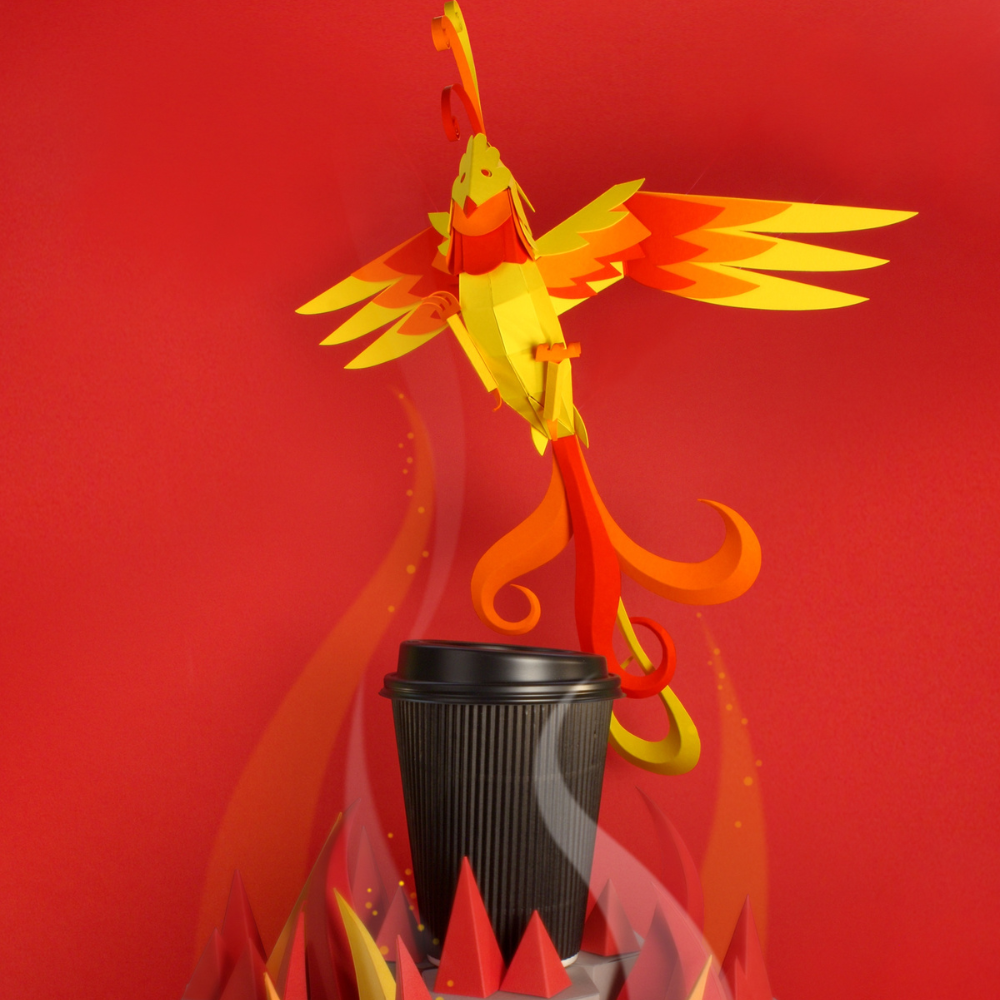


Paper Sculpting FAQs
Dive into the intricate world of paper sculpting, where creativity meets the simplicity of paper to create stunning three-dimensional art.
Whether you're a seasoned artist or a curious beginner, the realm of paper sculpting is filled with endless possibilities and questions.
From choosing the perfect paper to understanding the drying process, every artist embarks on a unique journey to bring their visions to life.
But as with any art form, there are common inquiries that arise along the way.
Let's unfold the answers to some of the most frequently asked questions about paper sculpting, ensuring your next project not only starts on the right page but also transforms into a masterpiece that stands the test of time.
What is the best type of paper for paper sculpting?
The best type of paper for sculpting depends on the technique being used. Newspaper and tissue paper are great for paper mache, while thicker cardstock can be used for creating more rigid forms. Experimentation with different kinds of paper can lead to discovering the ideal material for your project.
How long does it take for a paper sculpture to dry?
The drying time for a paper sculpture can vary greatly depending on the size of the sculpture, the humidity of the environment, and the number of layers applied. It can take anywhere from a few hours to several days for a sculpture to fully dry.
Can paper sculptures be displayed outdoors?
Paper sculptures are generally not suitable for outdoor display unless they have been treated with a waterproof sealant. Even with a sealant, prolonged exposure to the elements can damage the sculpture, so it's best to keep paper art indoors or in a protected outdoor area.



Eager to learn some different techniques for your paper sculptures? Check out Art with Trista's video!
Want even more content about creativity and art?
Be sure to check out all of our creative chronicles!
Ready to get creative with paper?
Check out our other art paper articles:





